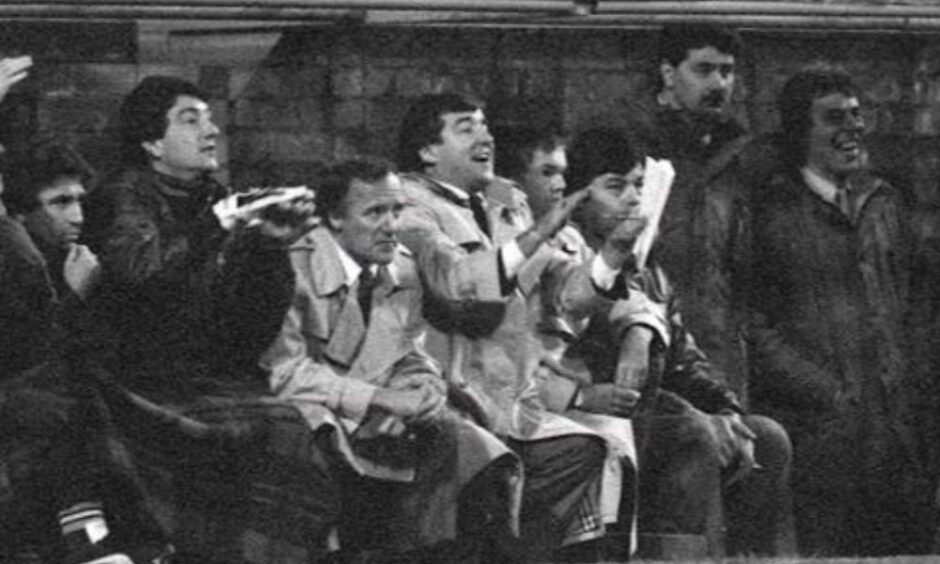
Terry Venables delivered Barcelona’s first league title in a decade, silencing the doubters who said an English boss wouldn’t cut it at the Camp Nou.
But his Catalan rollercoaster came to an end two years later – with one of the finest hours in Dundee United’s history proving the beginning of the end for El Tel.
Following his death at the age of 80, the Spanish media reflected on the impact of the elimination at the hands of Jim McLean’s Tangerines in the Uefa Cup quarter-final in 1987.
Daily sports newspaper Mundo Deportivo suggested the 3-1 aggregate loss to Dundee United, and the poor start to the following campaign, “precipitated his dismissal”.
El Tel and the Spanish press had a frosty relationship.
A press conference in St Andrews before the first leg at Tannadice on March 4, 1987, was overshadowed by a furious row between Venables and journalists who had travelled to Scotland for the game.
Voices were raised as they argued through an interpreter, with Venables accused of leaking a story to three Barcelona newspapers about the future of Mark Hughes.
He explained to Scottish reporters that there had been growing friction between himself and some of the Spanish media because of recent criticism of the team.
The die was cast and war was inevitable.
Corner shop against a supermarket
Having only lost the European Cup final on penalties to Steaua Bucharest the previous season, Barcelona were expected to win comfortably against United.
Jim McLean described the tie as “a corner shop against a supermarket” but what United had was a European pedigree that was the envy of all but the very top sides.
McLean had no reason to lack self-belief and United won the first leg 1-0 when Kevin Gallacher’s shot-cum-cross sailed over Andoni Zubizarreta after 108 seconds.
The Tannadice defence, in which John Clark was outstanding, played their part in ensuring they kept a clean sheet.
However, there were a couple of nervy moments.
Billy Thomson spread himself to deny Francisco Carrasco and the same player set up a golden chance for Lineker, who, fortunately, fluffed his lines.
Venables may have labelled the goal that separated the side as a fluke but there was nothing fortunate about United’s victory.
The odds were still stacked against United to complete the job and Barcelona still fancied themselves to go through with a team of superstars including Gary Lineker.
They then went to the Nou Camp two weeks later and achieved one of the greatest results ever recorded by a Scottish side in Europe, winning 2-1, courtesy of headed goals from John Clark and Iain Ferguson.
That produced memorable scenes as 40,000 home fans waved white handkerchiefs to signify their team had capitulated.
Barcelona supporters burned effigies of Venables in the street.
El Tel knew United were the real deal and predicted McLean’s men could go all the way.
“I have to say that United can win the cup now,” he said.
“Just one look at their remaining opponents indicates they must have an excellent chance.”
How Jim McLean won tactical battle
Paul Sturrock was among the 1987 heroes and he recalled how McLean’s meticulous planning ensured he won the tactical battle against his English counterpart.
He said: “They were one of the biggest clubs in the world, had Terry Venables as manager and as well as their Spanish stars, had Gary Lineker and Mark Hughes in their team.
“We, though, were a very good team. I don’t think the 1987 team was quite as good as the league-winning one four years earlier but we had great players.
“Looking back, I suppose when they went ahead in the second leg people were thinking our chance was gone but we had more about us than to lie down after one goal.
“I should have scored when we had a chance early in the second half but it told me we’d get the goal to take us through, because you have to remember a 2-1 defeat would have been good enough.”
Sturrock is convinced the winning margin might have been more impressive.
“I should have equalised and, by the end, we should have scored more than two,” he said.
“They were enough, though, and it’s a nice memory that I was involved in both goals.”
And he revealed he was part of a master tactical stroke by manager McLean.
“Jim had done his homework on them and noticed their right-back was not comfortable with people running at him, so he asked me to play wide left,” he said.
“It was something I did from time to time, often against Celtic, but, in that run, the games against Barcelona were the only times I wasn’t used through the middle.
“It was smart because I got a lot of joy out of their full-back.”
Triumph and tragedy in equal measure
McLean’s side conquered Borussia Monchengladbach in the semi-final before going on to lose the final 2-1 over two legs against IFK Gothenburg.
Venables was sacked in September 1987 after losing three of the first four games and returned to Tottenham where he made 141 appearances during his playing days.
He brought his Tottenham side to Tannadice in August 1988 for David Narey’s testimonial which included new £2.2m signing Paul Gascoigne in the midfield.
Venables and McLean were reunited 18 months on.
The game finished 1-1.
Venables would further strengthen his ranks including being reunited with Gary Lineker from Barcelona in 1989 and his side won the FA Cup in 1991.
He took over as England manager in 1994 and led the national team to the semi-finals of Euro 96 before losing a penalty shoot-out to Germany after 120 pulsating minutes.
Venables’ team had captured the imagination of the nation with some dramatic victories against Scotland, Spain and Holland, and it seemed certain that football was coming home after 30 years of hurt.
He later managed Australia, Crystal Palace, Middlesbrough and Leeds United.
Venables was a man of many talents including being a writer whose detective novels about Cockney private eye James Hazell became an ITV series in the 1970s.
He could also hold a note – and a rendition of Elvis Presley’s 1968 song If I Can Dream saw him take centre stage before the 2010 World Cup alongside the 60-piece Royal Philharmonic Orchestra.
The song reached number 23.
Venables inspired a generation to dream.
It was a fitting epitaph.
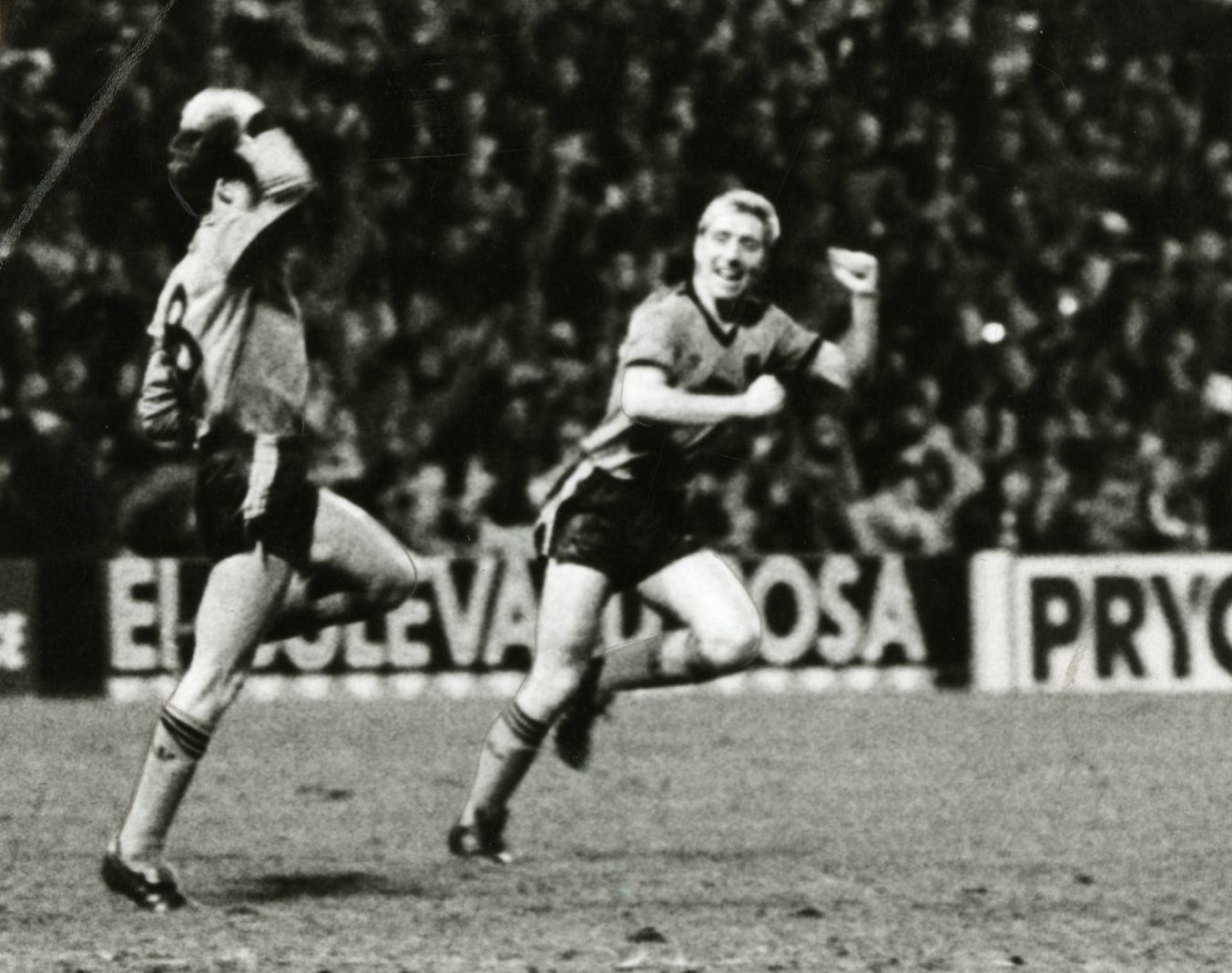
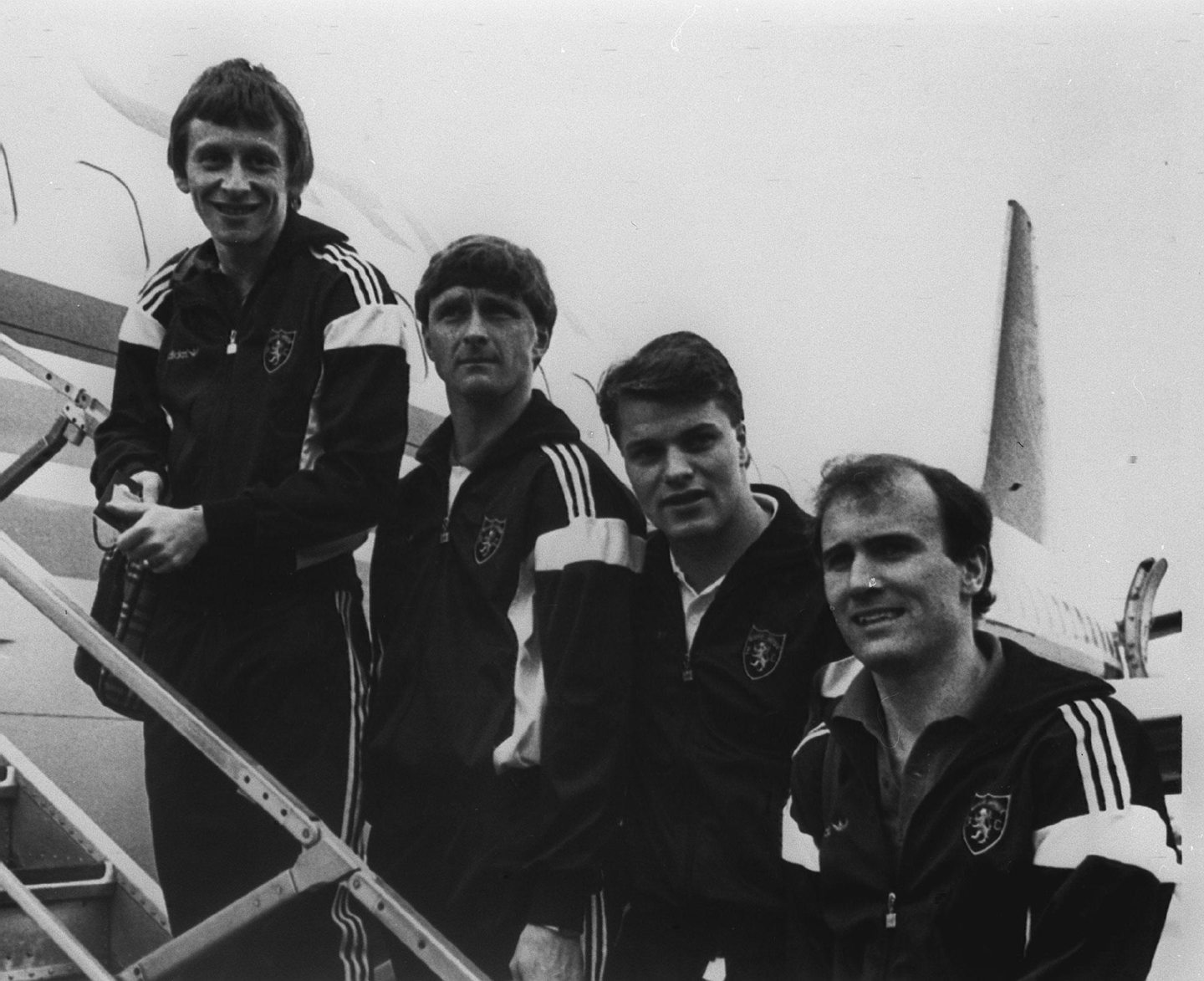
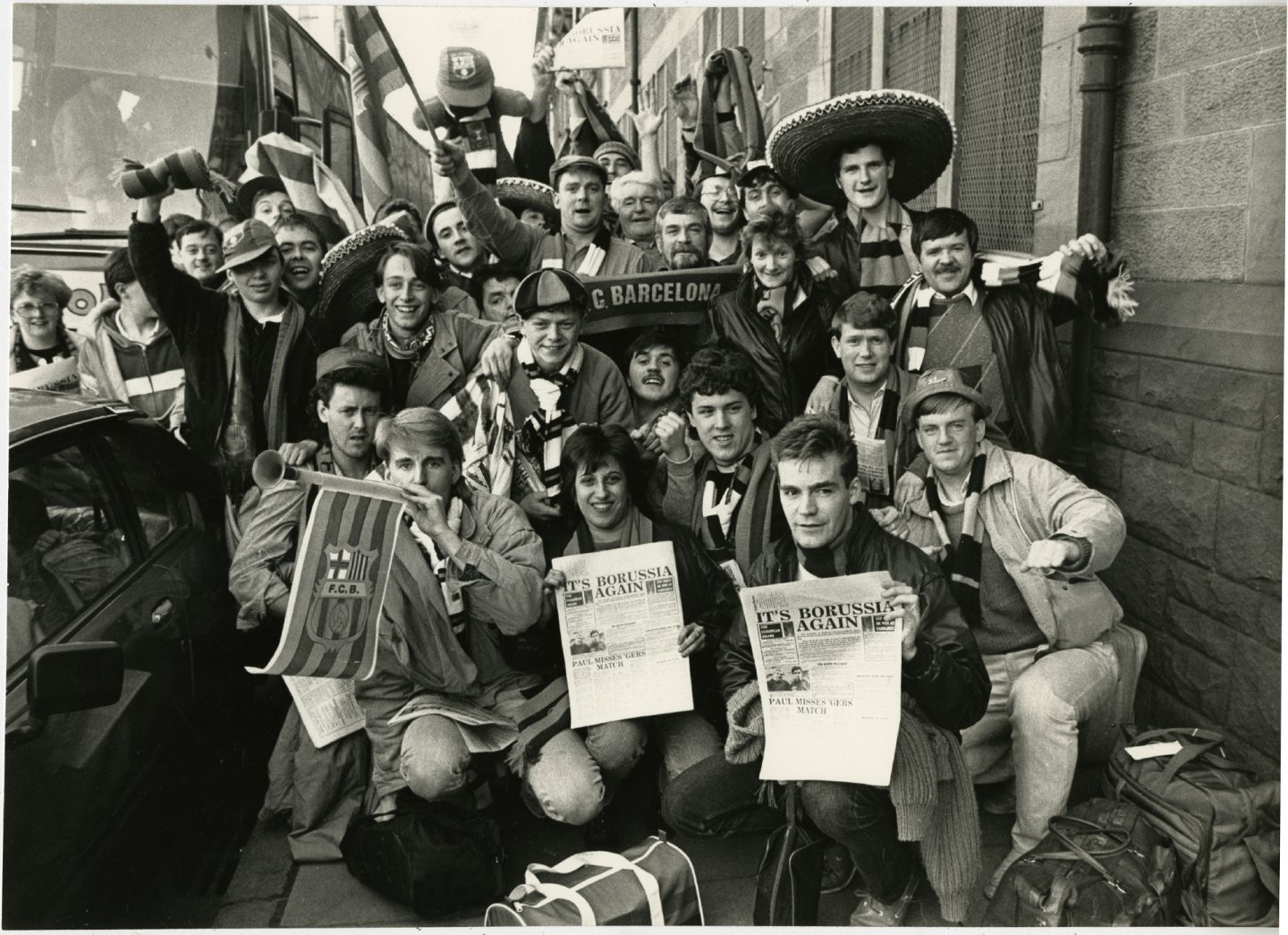
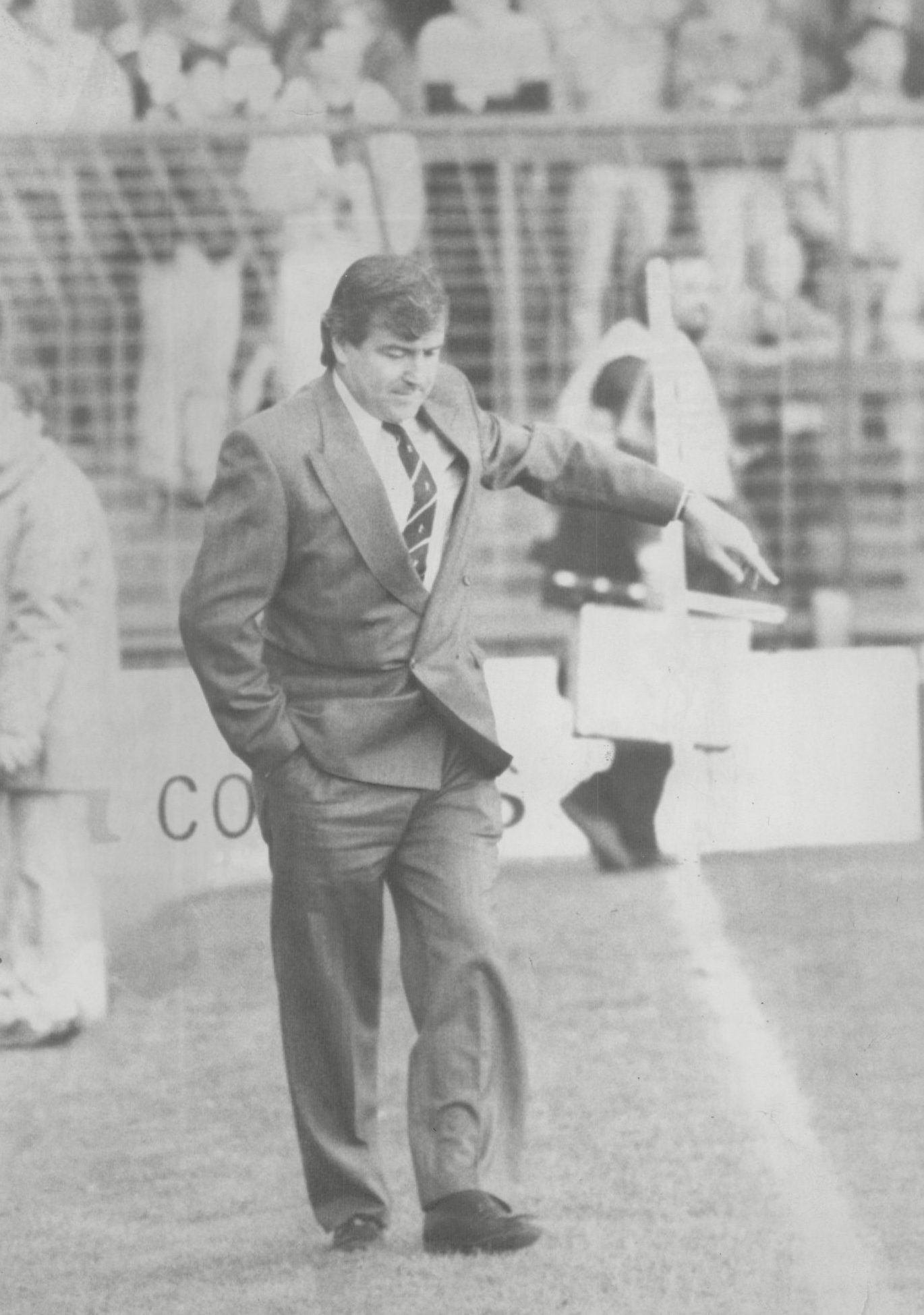










Conversation